Ever felt like your cholesterol numbers are a mystery that only your doctor can solve?
Tracking what you eat might be the missing piece to finally understanding – and improving – your cholesterol levels. And no, I’m not talking about becoming obsessed with every morsel that passes your lips.
I’m talking about a practical approach to see what’s actually going into your body, so you can make small, sustainable changes that add up to big health wins.
Let’s dive into how meal tracking can be your secret weapon for managing cholesterol, without driving yourself crazy in the process.
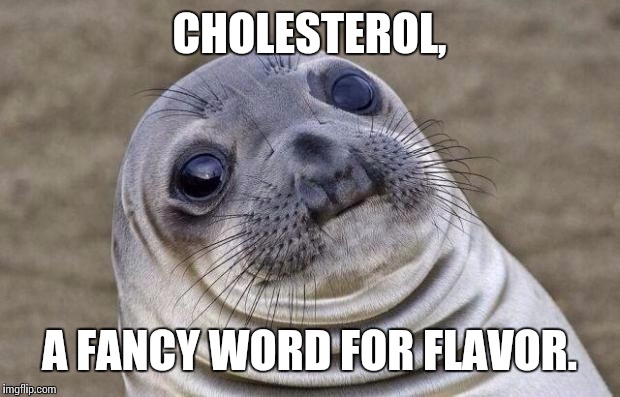
Why Tracking Your Meals Actually Matters for Your Cholesterol
When it comes to managing cholesterol, what you don’t know absolutely can hurt you. Here’s why keeping tabs on your food intake is a game-changer:
You can’t manage what you don’t measure. Most people have no idea how much saturated fat or dietary cholesterol they’re actually consuming until they start tracking. That bacon at breakfast, the cheese on your sandwich, and that buttery dessert all add up in ways you might not realize.
Patterns emerge that surprise you. Maybe you’ll discover your weekend eating habits are sabotaging your weekday discipline. Or perhaps you’ll notice certain foods spike your hunger and lead to poor choices later.
You’ll actually see results. Studies show that people who track their food intake are twice as likely to reach their health goals. There’s something powerful about seeing your progress (or lack thereof) in black and white.
The Cholesterol Basics You Need to Know
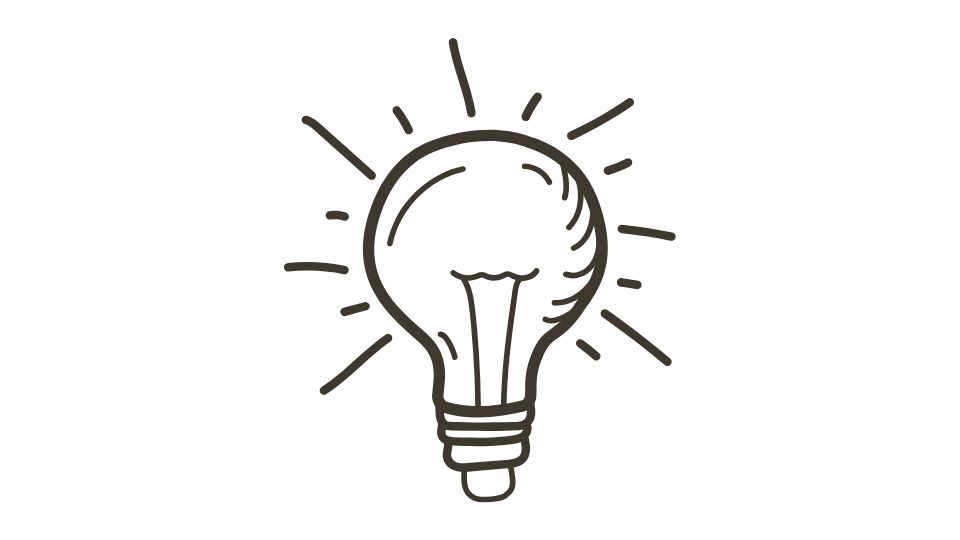
Before diving deeper, let’s get clear on what we’re tracking and why:
LDL Cholesterol = The “bad” stuff that builds up in your arteries
HDL Cholesterol = The “good” stuff that helps clear out the bad stuff
Triglycerides = Another type of blood fat that can cause problems
Total Cholesterol = The overall number your doctor looks at
Foods high in saturated fats, trans fats, and dietary cholesterol tend to raise your LDL. Meanwhile, certain foods can actually help lower LDL and raise HDL. This is why what you eat matters so much.
Key Food Strategies That Actually Work
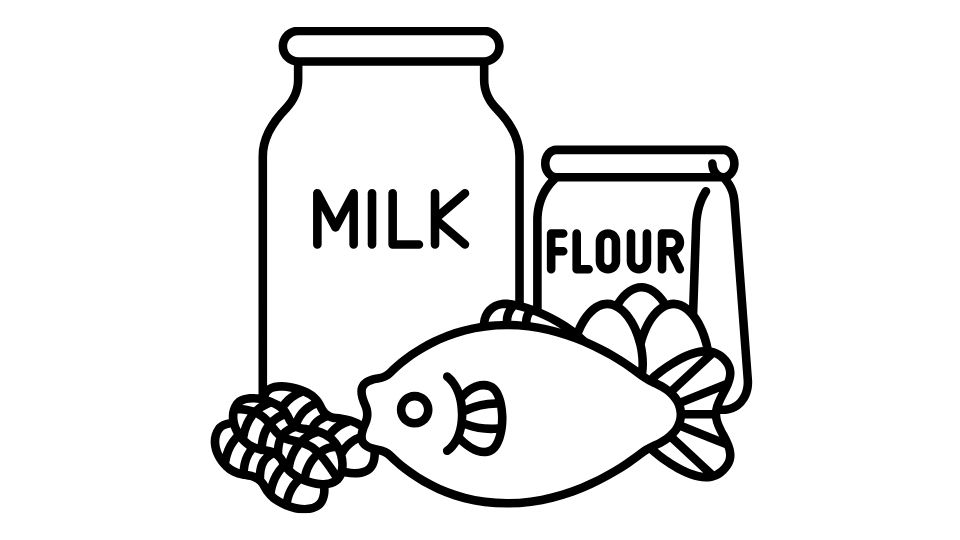
Don’t worry – managing cholesterol doesn’t mean eating like a rabbit for the rest of your life. Here’s what actually works:
1. Fiber Is Your Friend
Soluble fiber is cholesterol’s kryptonite. It literally binds to cholesterol particles in your digestive system and helps remove them before they can be absorbed. Aim for at least 25-30g of fiber daily.
Foods to track and increase:
- Oatmeal (the real stuff, not sugary instant packets)
- Beans and lentils (powerhouses for heart health)
- Apples, pears, and berries (eat the skin for maximum benefit)
- Chia seeds and flaxseeds (easy to sprinkle on almost anything)
One study found that just 5-10 grams of soluble fiber daily could lower LDL cholesterol by 5-11%. That’s huge!
2. Fat Quality Matters More Than Quantity
Not all fats are created equal. In fact, some are downright beneficial:
Slash the saturated fats. These raise your LDL and are found in fatty meats, full-fat dairy, and tropical oils like coconut and palm oil.
Eliminate trans fats completely. Check ingredients lists for “partially hydrogenated oils” – these are pure poison for your heart.
Embrace healthy fats instead. Avocados, olive oil, nuts, and fatty fish like salmon contain monounsaturated and omega-3 fats that can actually improve your cholesterol profile.
3. Go Plant-Forward (But Not Necessarily Vegan)
Plant proteins can replace animal proteins often without you even noticing. Try swapping in beans, lentils, tofu, or tempeh for meat in some meals.
Meatless Monday is an easy start. One day a week of plant-based eating gives your body a break from processing animal products.
Think Mediterranean. This eating pattern has been proven to reduce heart disease risk by emphasizing plants, whole grains, seafood, and olive oil while limiting red meat.
The Best Apps for Tracking Your Cholesterol-Friendly Diet
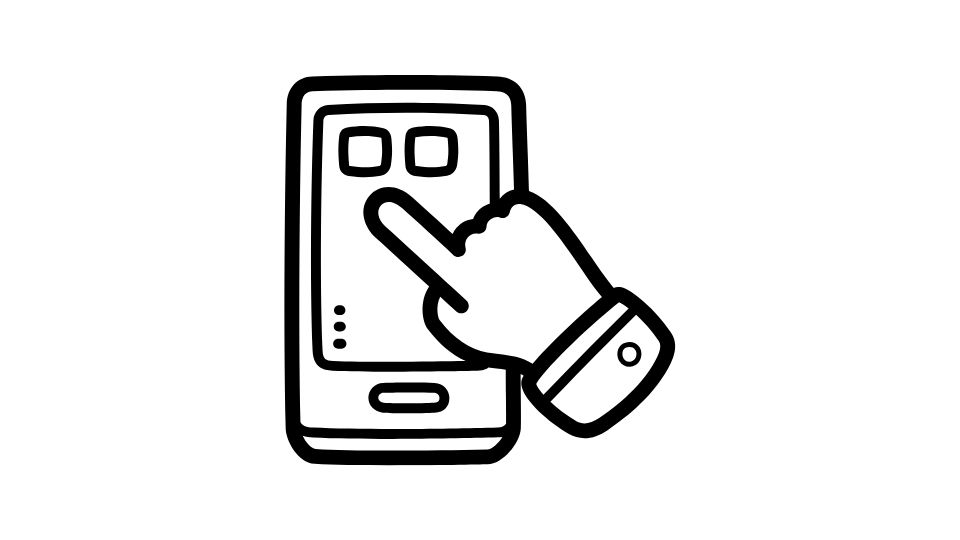
If you’re serious about improving your cholesterol through diet, these tools can make the job much easier:
General Nutrition Trackers with Cholesterol Features
MyFitnessPal remains the heavyweight champion with its massive food database that tracks everything from calories to specific nutrients like cholesterol. The barcode scanner makes logging packaged foods a breeze.
Cronometer is excellent for nutrition nerds who want to see micronutrients in detail. It’s more accurate than many other apps but has a steeper learning curve.
FatSecret offers a clean interface and good community support while tracking all the essentials for cholesterol management.
Specialized Heart Health Apps
Heart & Stroke Helper App from the American Heart Association combines food tracking with medication management and other heart health features.
Fooducate grades foods on an A-F scale and specifically flags heart-healthy options, making grocery shopping easier.
The Simplest Option: Text-Based Tracking
If app fatigue is real for you, MealByMeal.com offers a refreshingly simple approach. Just text your meals, and they track your calories and macros – including the fats that matter for cholesterol. No downloading, no password to remember, just text what you ate and get on with your life.
Many people fail at tracking because traditional apps are too time-consuming. With text-based tracking, you’re more likely to stay consistent – and consistency is what gets results.
How to Actually Stick With Meal Tracking (Without Losing Your Mind)

Let’s be real – tracking every bite forever isn’t sustainable for most people. Here’s how to make it work:
Start With a 2-Week Challenge
Commit to tracking everything for just two weeks to establish your baseline. You’ll be shocked at what you learn about your eating patterns.
Focus on Problem Areas, Not Everything
After your baseline period, you might choose to only track meals that typically contain high cholesterol foods rather than logging every single thing.
Use the “Take a Picture First” Hack
Before eating, snap a quick photo of your meal. This creates a moment of awareness and gives you a visual record even if you don’t formally log everything.
Plan for “No Track” Days
Give yourself permission to take breaks from tracking on special occasions. One untracked birthday dinner won’t ruin your cholesterol – but stressing about it might!
Real Results from Real People
Let me share a quick story. Mike, a 52-year-old client with borderline high cholesterol (total: 230), started tracking his meals using a simple text-based system. He didn’t drastically change his diet at first – just became aware of what he was eating.
Within three weeks, he noticed patterns: his weekend beer and pizza routine was adding massive amounts of saturated fat to his weekly intake. He didn’t eliminate these foods but reduced the frequency and portion sizes.
After three months, his cholesterol dropped to 198 without medication. Awareness alone created change.
Another client, Sarah, discovered through tracking that her “healthy” morning muffin contained more saturated fat than a small burger. A simple breakfast swap to overnight oats with berries helped lower her LDL by 15 points in just over a month.
The Bottom Line on Tracking for Cholesterol
Tracking your meals isn’t about obsession or restriction – it’s about information and empowerment. When you know what’s actually going into your body, you can make informed choices that align with your health goals.
Whether you choose a comprehensive app, a specialized heart health tracker, or a simple text-based service like MealByMeal.com, the important thing is finding a system you’ll actually stick with.
Your future self – with better cholesterol numbers and a healthier heart – will thank you for the insight and effort you put in today.
Remember: Every meal is an opportunity. Not for perfection, but for progress toward better health.



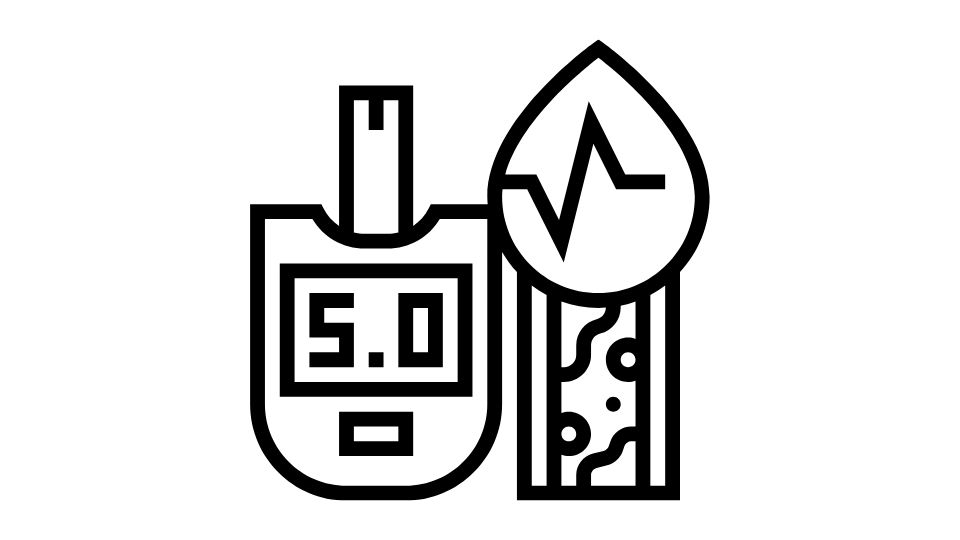
Leave a Reply